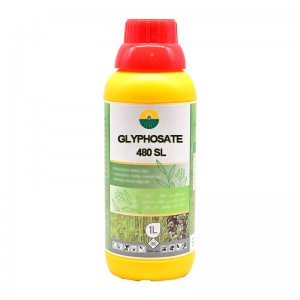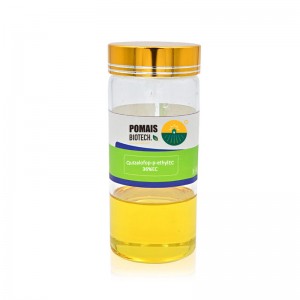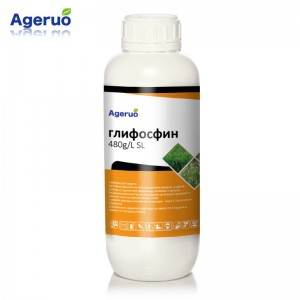Systemic herbicides are chemicals designed to eliminate weeds by being absorbed into a plant’s vascular system and translocating throughout the organism. This allows for comprehensive weed control, targeting both above-ground and below-ground plant parts.
In modern agriculture, landscaping, and forestry, effective weed control is crucial for maintaining crop yields, aesthetic landscapes, and healthy forests. Systemic herbicides play a vital role in these sectors by providing efficient and long-lasting weed management solutions.
Overview of Glyphosate as a Prominent Example
Glyphosate is arguably the most well-known systemic herbicide. It is widely used due to its effectiveness in controlling a broad spectrum of weeds and its relatively low toxicity to non-target species when used correctly.
Technical Specifications
Chemical Composition
Systemic herbicides can vary widely in their chemical makeup, but they generally include active ingredients that are capable of being absorbed and translocated within plants. Common active ingredients include glyphosate, 2,4-D, and imazapyr.
Mechanism of Action
Systemic herbicides work by disrupting essential biological processes within the plant. For example, glyphosate inhibits an enzyme involved in the synthesis of essential amino acids, leading to plant death. These herbicides are typically applied to the foliage or soil and absorbed by the plant’s vascular system.
Types of Systemic Herbicides
Systemic herbicides can be classified into several categories based on their chemical nature and mode of action:
- Amino Acid Inhibitors (e.g., glyphosate)

- Growth Regulators (e.g., 2,4-D)
- Lipid Synthesis Inhibitors (e.g., quizalofop)

- Photosynthesis Inhibitors (e.g., atrazine)

Applications
Agricultural Uses
In agriculture, systemic herbicides are used to control a variety of weeds that compete with crops for nutrients, light, and space. They are applied to both pre-emergent (before weed seeds germinate) and post-emergent (after weeds have sprouted) stages.
Landscaping and Gardening
Landscapers and gardeners use systemic herbicides to maintain aesthetically pleasing environments by controlling invasive species and preventing weed overgrowth. These herbicides are particularly useful in maintaining lawns, flower beds, and ornamental gardens.
Forestry Management
In forestry, systemic herbicides help manage invasive plant species that can threaten native ecosystems and hinder tree growth. They are also used in habitat restoration projects to eliminate unwanted vegetation.
Benefits
Effective Weed Control
Systemic herbicides offer comprehensive weed control by targeting the entire plant, including roots. This ensures that weeds are thoroughly eradicated, reducing the likelihood of regrowth.
Long-term Impact on Invasive Species
By effectively targeting and eliminating invasive species, systemic herbicides help preserve native plant communities and maintain biodiversity.
Reduced Need for Frequent Applications
Due to their thorough mode of action, systemic herbicides often require fewer applications compared to contact herbicides, making them a cost-effective solution for weed management.
Comparative Analysis
Systemic vs. Contact Herbicides
Systemic herbicides differ from contact herbicides in that they move within the plant’s vascular system, providing more comprehensive control. Contact herbicides, on the other hand, only affect the parts of the plant they touch, making them less effective against deep-rooted weeds.
Comparison with Other Weed Control Methods
Systemic herbicides are often compared with mechanical weed control methods (e.g., tilling, mowing) and biological controls (e.g., using natural predators). Each method has its advantages and limitations, and integrated weed management strategies often combine multiple approaches for optimal results.
User Guides or Tutorials
How to Choose the Right Herbicide
Selecting the appropriate herbicide involves considering factors such as the type of weeds present, the desired level of control, and environmental conditions. If you’re unsure how to choose, please tell us which weeds you need to eliminate, and we will provide recommendations and send samples for you to try!
Application Techniques
Proper application techniques are crucial for maximizing the effectiveness of systemic herbicides. This includes calibrating equipment, applying at the correct growth stage of the weeds, and following safety guidelines to minimize environmental impact.
Safety Precautions
Safety precautions when using systemic herbicides include wearing protective gear, avoiding application near water sources, and following all label instructions to prevent accidental exposure and environmental contamination.
Systemic herbicides can effectively and durably control unwanted vegetation. Despite challenges such as environmental concerns and the development of resistance, advancements in technology and sustainable practices promise a bright future for their use.
Post time: May-22-2024









